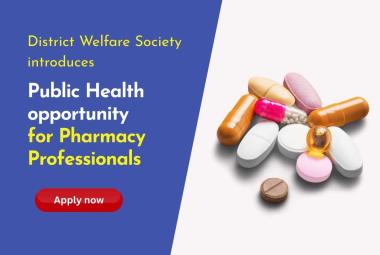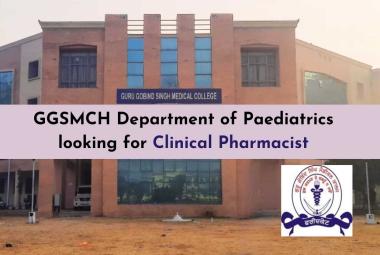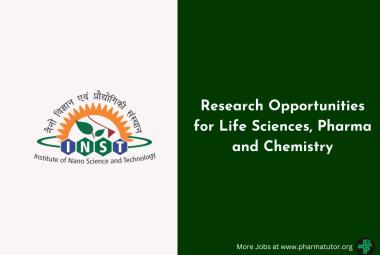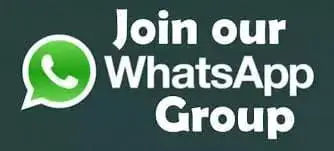Formulation and in Vitro Evaluation of Sustained Release Matrix Tablets of Lornoxicam
About Author: G. Anand Rao*, V. Venu, R. Senthil Selvi, P. Perumal,
Department of Pharmaceutics,
J. K. K. Nattraja College of Pharmacy,
Komarapalayam - 638 183, Namakkal (D.T),
Tamil Nadu, India
Abstract
The main objective of the present work was to develop sustained release matrix tablets of Lornoxicam using Hydrophilic polymers viz. Hydroxy propyl methyl cellulose (HPMC K4M, HPMC K10M, HPMC K15M) was developed using wet granulation technique at varying ratios of drug and polymer like 1:1, 1:2 and 1:3 were selected for the study. Micro crystalline cellulose and Lactose was added in this formulation as a function of binder and diluent. Prior to compression, the prepared granules were evaluated for flow and compression characteristics. After evaluation of physical properties of tablet, the in vitro release study was performed in 0.1 N Hcl, pH 1.2 for 2 hrs and in phosphate buffer pH 6.8 up to 12 hrs. The effect of polymer concentration and polymer blend concentration were studied. Dissolution data was analyzed by Korsmeyer- Peppas law expression. It was observed that matrix tablets contained polymer HPMC K10M was successfully sustained the release of drug up to 12 hrs. Among all the formulations, formulation F9 which contains 1:3 ratios of drug and polymer release the drug which follows Zero order kinetics via, swelling, diffusion and erosion. Stability studies (40±2oc/75±5%RH) for three months indicated that Lornoxicam was stable in the matrix tablets. The FTIR study revealed that there was no chemical interaction between drug and excipients.



 About Author:
About Author: About Author:
About Author: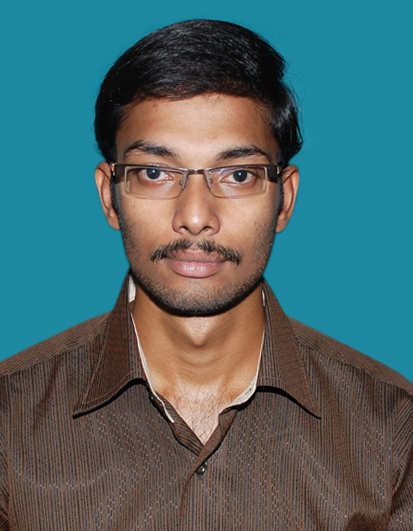 About Author:
About Author:  About Author:
About Author:
